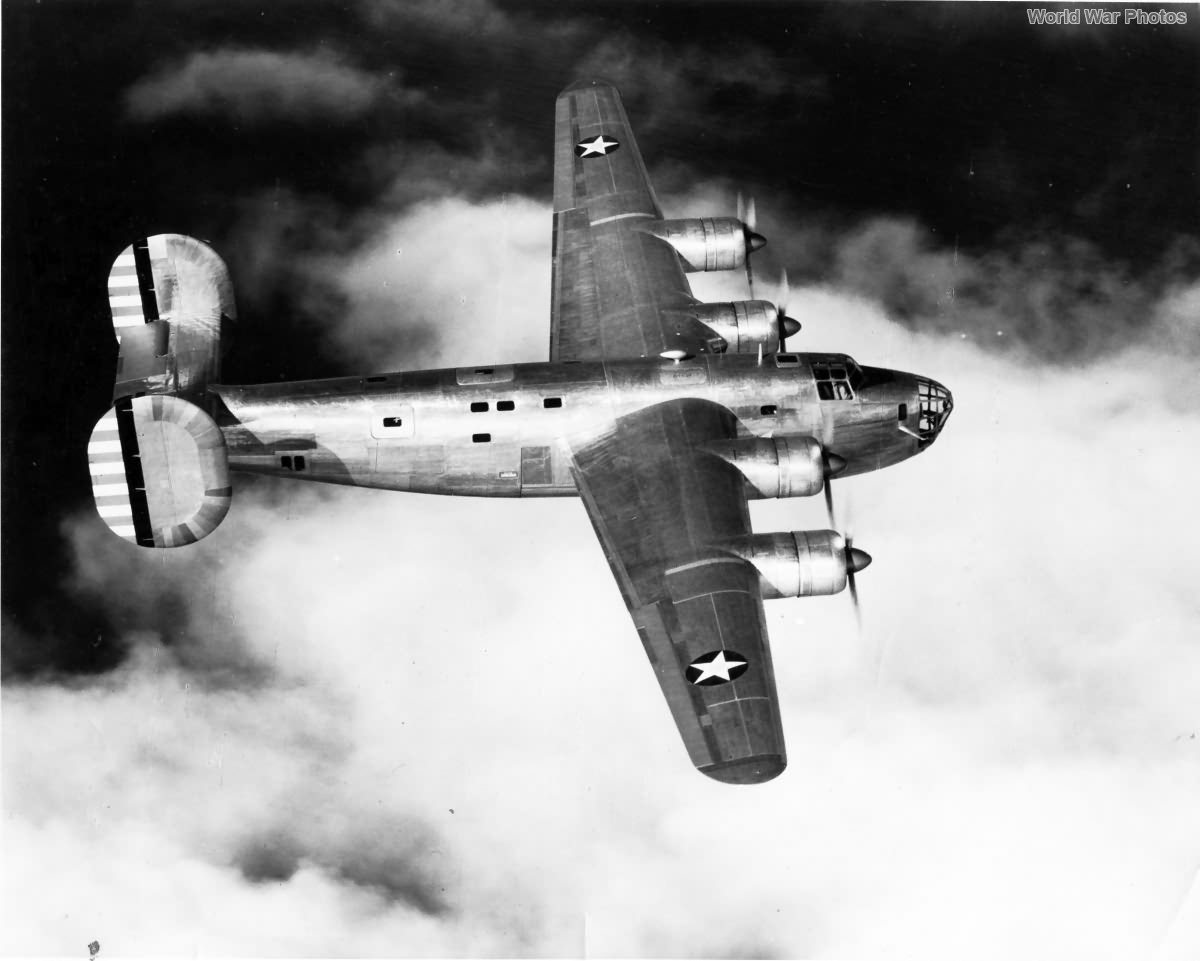The XB-24: Design and Development
The XB-24 was the prototype for the B-24 Liberator, a long-range, high-capacity bomber produced by Consolidated Aircraft.
- The design was based on Consolidated’s Model 31 flying boat, which was under development for the US Navy at the time.
- The Model 31 was notable for its unusual features, such as the Davis wing and a tricycle landing gear arrangement.
The Davis Wing
The Davis wing was designed by David R. Davis and was first used on the Consolidated XPY-1, a flying boat designed for the Navy. This wing design was considered innovative at the time because:
- It offered better lift and efficiency compared to other wing designs.
- It had a high aspect ratio wing configuration.
Choice of Consolidated
The choice of Consolidated as the company to build the new bomber was considered unusual at the time.
- Consolidated was primarily known for building seaplanes and had little experience with land-based bombers.
- However, the Army was impressed with the Model 31 and its Davis wing, and believed that Consolidated could adapt the design for a land-based bomber.
Initial Design and Features
The Army signed a contract for the XB-24 prototype on March 30, 1939. The design incorporated several innovative features:
- High aspect ratio wing: The XB-24 had a high aspect ratio wing, which offered better lift and efficiency. This design helped the B-24 achieve a long range.
- Tricycle landing gear: The XB-24 was one of the first production bombers to use a tricycle landing gear arrangement. This type of landing gear made the aircraft easier to handle on the ground.
- Roller-type bomb bay doors: The XB-24 featured unique bomb bay doors that opened upwards and retracted into the fuselage. This design was different from the clamshell doors used on other bombers, like the B-17, and allowed for a larger bomb bay.
The first XB-24 39-556 was flown on December 29, 1939, from Lindbergh Field in San Diego. It was powered by four Pratt & Whitney R-1830-33 engines with mechanical two-speed superchargers.
Modifications and Improvements
Initial flight testing revealed that the XB-24’s performance fell short of expectations, with a top speed of 273 mph instead of the specified 311 mph. Based on combat reports from Europe and the Far East, and in response to the Army’s desire for better performance, the XB-24 underwent significant modifications:
- Upgraded Engines: The R-1830-33 engines were replaced with more powerful R-1830-41 engines, equipped with turbosuperchargers for enhanced high-altitude performance.
- Self-Sealing Fuel Tanks and Armor Plating: These additions addressed the need for increased survivability in combat.
The modified aircraft was redesignated as the XB-24B and given a new serial number (39-680). It returned to flight testing on February 1, 1940.
The XB-24B was a significant step in the development of the B-24 Liberator, incorporating key features and improvements that would characterize the production models and contribute to the aircraft’s success in World War II.
